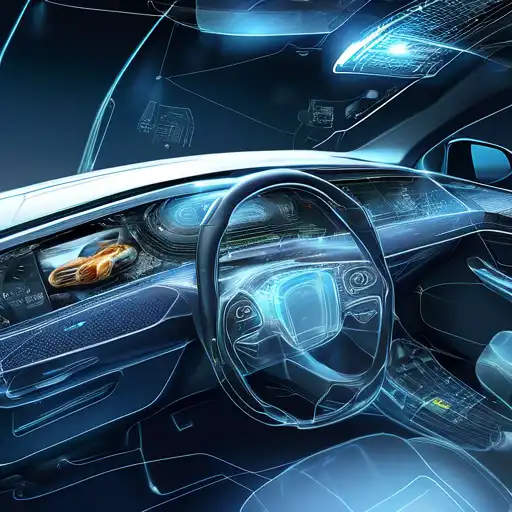Introduction to Embedded Systems in Automotive
Embedded systems have become the backbone of modern automotive engineering, driving innovations that enhance safety, efficiency, and user experience. These specialized computing systems are designed to perform dedicated functions within larger mechanical or electrical systems, making them indispensable in today's vehicles.
The Role of Embedded Systems in Enhancing Automotive Safety
Safety is a paramount concern in the automotive industry, and embedded systems play a critical role in addressing this. From advanced driver-assistance systems (ADAS) to anti-lock braking systems (ABS), embedded technologies ensure that vehicles are not only smarter but also safer. For instance, ADAS technologies rely heavily on embedded systems to process real-time data from sensors and cameras, enabling features like lane departure warnings and automatic emergency braking.
Innovations Driven by Embedded Systems
The automotive sector is witnessing a wave of innovations thanks to embedded systems. Electric vehicles (EVs), for example, utilize these systems for battery management and energy efficiency. Similarly, autonomous vehicles depend on embedded systems for navigation and decision-making processes. These advancements are not just about convenience; they're reshaping the future of transportation.
Challenges and Solutions in Automotive Embedded Systems
Despite their benefits, embedded systems in automotive applications face challenges such as cybersecurity risks and high development costs. However, the industry is responding with solutions like enhanced cybersecurity measures and more efficient development methodologies. These efforts ensure that embedded systems continue to drive automotive innovation safely and reliably.
Future Trends in Automotive Embedded Systems
The future of automotive embedded systems is bright, with trends like vehicle-to-everything (V2X) communication and AI integration gaining momentum. These technologies promise to further enhance safety, reduce traffic congestion, and improve the overall driving experience. As embedded systems evolve, they will undoubtedly unlock new possibilities for the automotive industry.
Conclusion
Embedded systems are at the heart of automotive safety and innovation, enabling advancements that were once thought impossible. As technology continues to evolve, these systems will play an even more critical role in shaping the future of transportation. The journey towards smarter, safer, and more efficient vehicles is just beginning, and embedded systems are leading the way.
